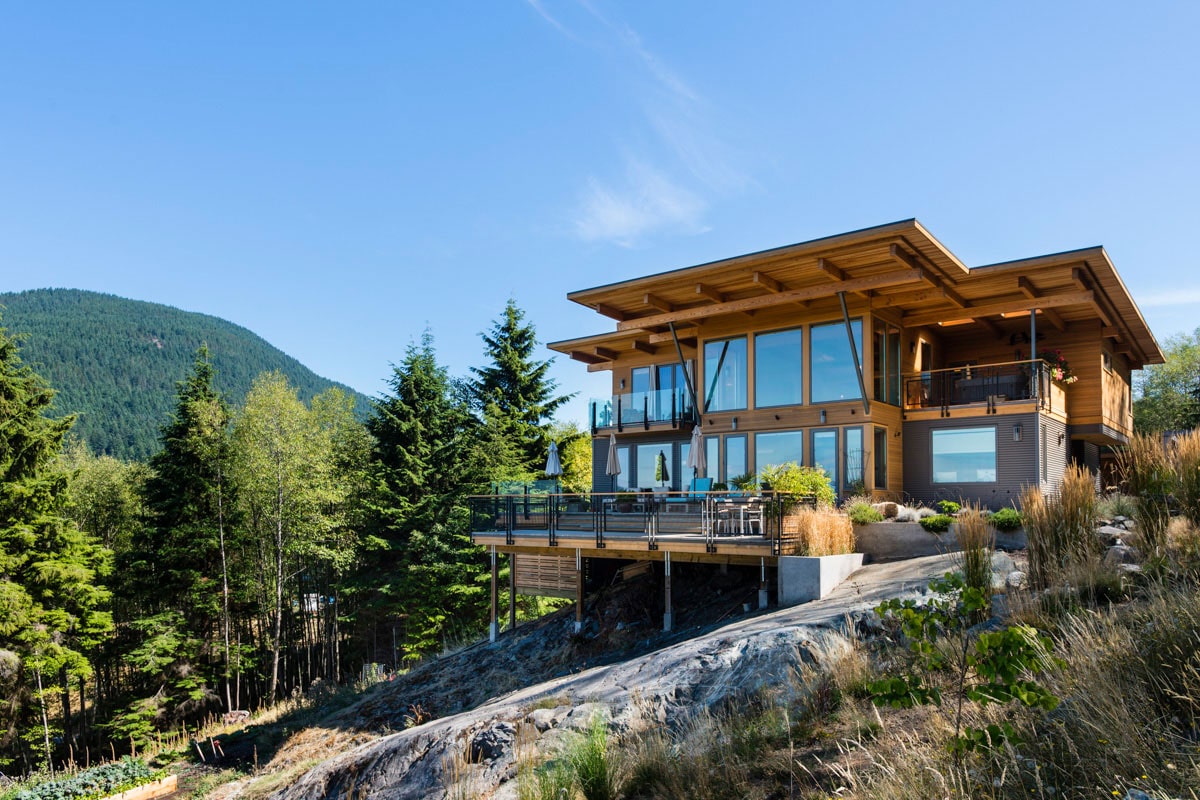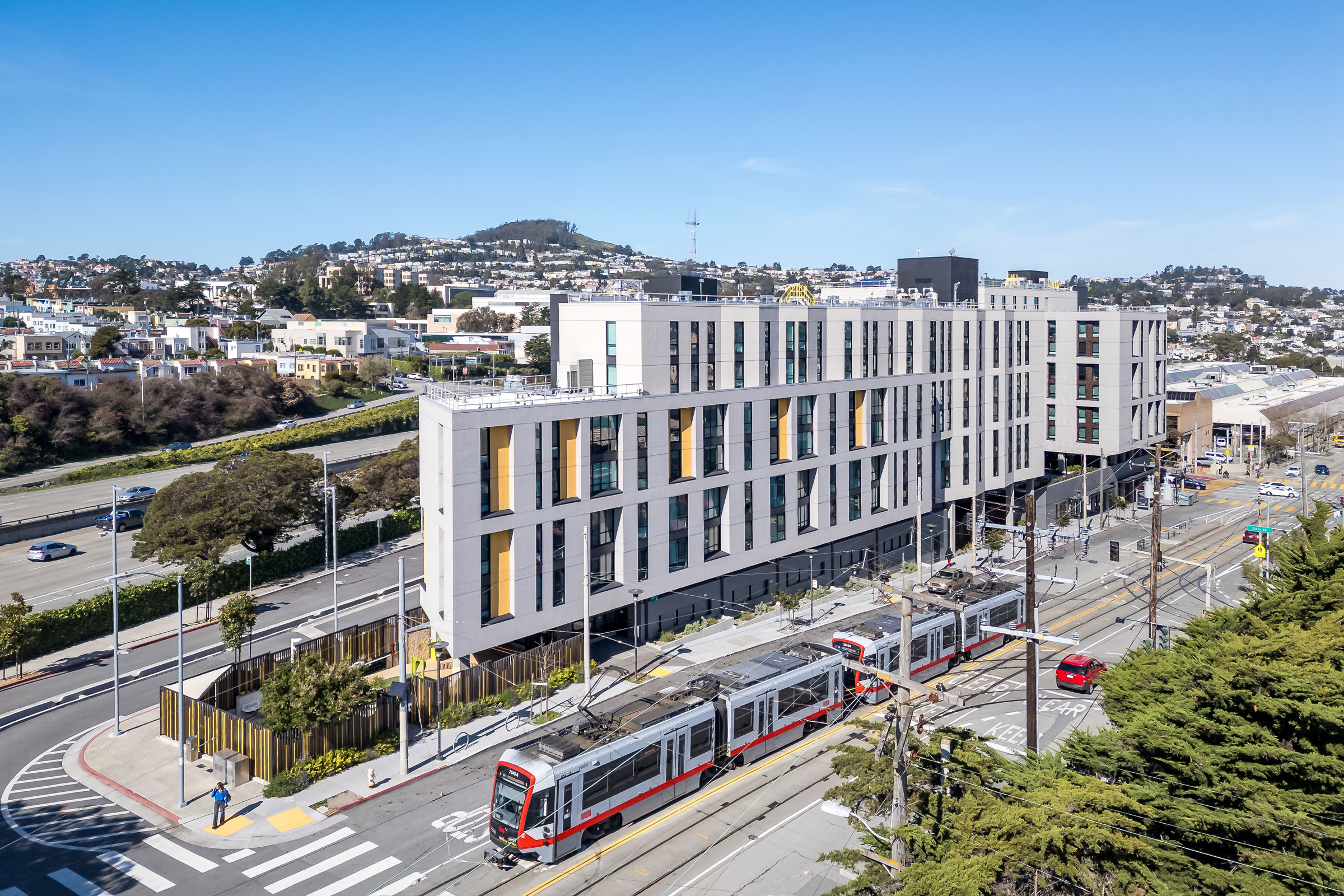Story at a glance:
- Sustainable landscape design begins when you start viewing outdoor space from an ecological perspective.
- Reducing costs, maintenance, and resources are some of the main reasons people rework their landscapes.
- Understanding your specific climate and its cohabitating organisms can help you understand which methods will best support the beauty and fauna of your outdoor space.
With each passing year, climate change demands landscaping design ideas that work in harmony with the environment. The traditional green grass lawn is a dated look that uses excessive water and lacks artistic interest. Homeowners are now starting to become mindful of how their residential landscapes can affect the environment. Thankfully there are several strategies to reduce your impact and still maintain a beautiful landscape year-round.
Here are nine landscaping design ideas to begin an eco-conscious transformation.
1. Preserve existing plants.
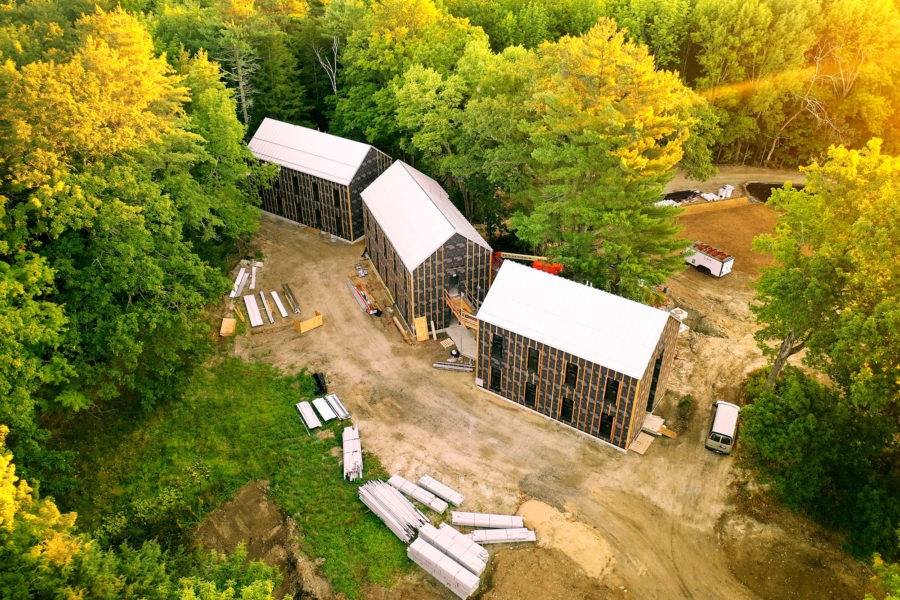
The Ecology School is anticipated to be complete by December 2020. Photo courtesy of Kaplan Thompson Architects
With the exception of a new build, many people rip out the landscape upon taking ownership of a space instead of doing a proper assessment of what already exists. By utilizing plants that have already taken root, you can reduce the noise pollution necessary to remove those plants, protect the animals and insects that rely on them, and build upon the existing structure with fewer costs.
2. Harvest rainwater.
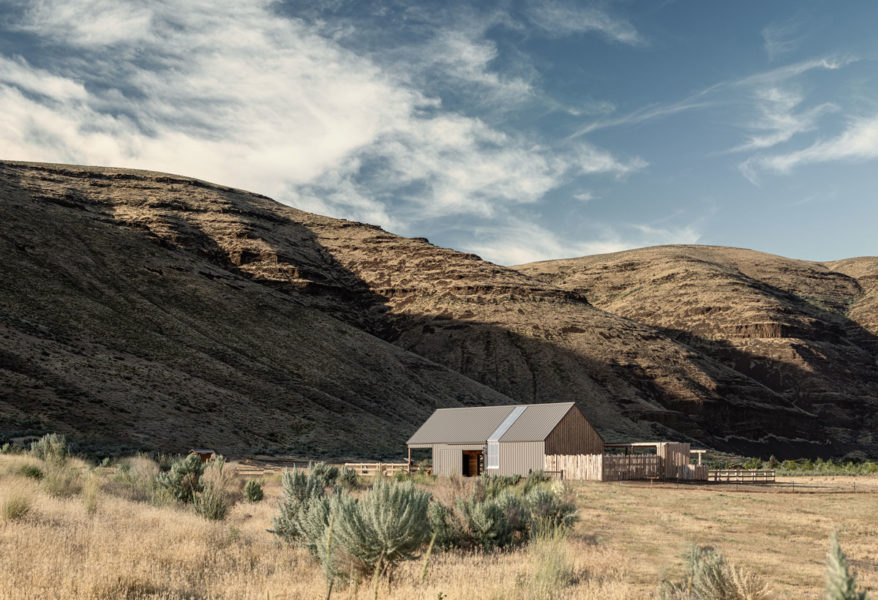
Photo by Gabe Border
Considered an ancient means of irrigation, capturing rainwater is an eco-friendly method of watering lawns and gardens. There are several types of DIY systems that can vary in cost.
PVC barrels and repurposed garbage cans are both common in residential areas while those willing to get professional help can spend more on a robust infrastructure.
With water scarcity becoming more of a problem in city centers, rainwater caches also reduce dependency on city water. By installing a system to catch rain, garden keepers set an example for others to consider water a resource instead of a commodity.
3. Use eco-friendly equipment.

Photo courtesy of EGO POWER+
Ever been awakened by the unnerving sound of a weed-eater before your alarm goes off? That should be reason enough to take advantage of quieter battery-operated machinery from brands like EGO, but they also weigh less, eliminate fuel costs, and reduce the need for machine maintenance over time. Not only that but gas-powered tools also expose users to high amounts of exhaust emissions, which contribute to adverse health effects.
4. Consider artificial turf.
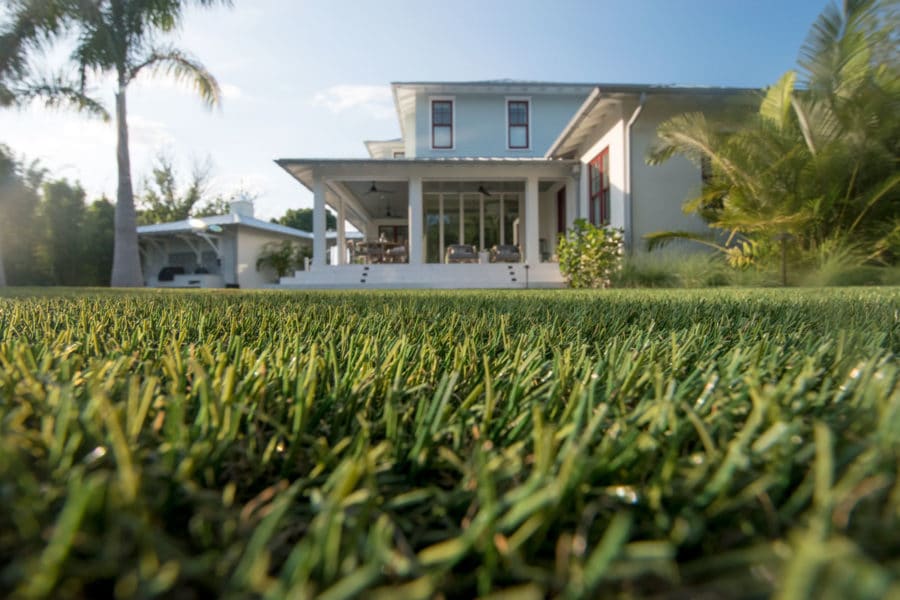
ForeverLawn’s turf solutions are realistic and environmentally friendly. Photo courtesy of ForeverLawn
The low-maintenance superstar of landscape design ideas is artificial turf. Because it requires no water, synthetic lawns equate to reduced water consumption which is one requirement as per the USGBC. By installing turf, not only can it earn you LEED points, but it also mimics freshly mowed grass without the negative impact of excess water necessary to keep it green. Living in the west? Synthetic grass is ideal for drought-tolerant landscapes, especially in densely populated arid regions such as in California, Arizona, and Oregon.
5. Make use of hardscapes and permeable paving.
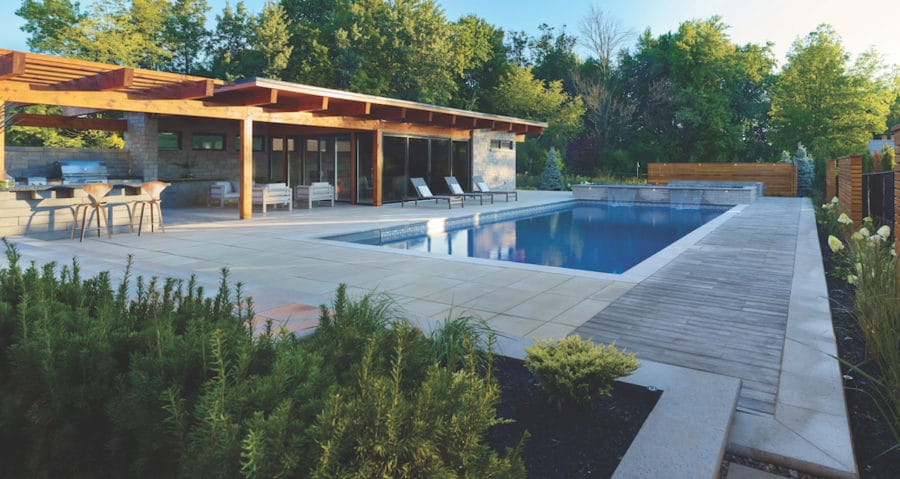
Photo courtesy of Techo-Bloc, Inc.
When working with large spaces, hardscape paths and pavers are often a necessary aspect of landscape design. Options like pea gravel can replace mulch around garden beds while staying moist and suppressing weeds. Porous concrete is another attractive option because of its ability to prevent erosion and filter out pollutants in water.
6. Begin composting.
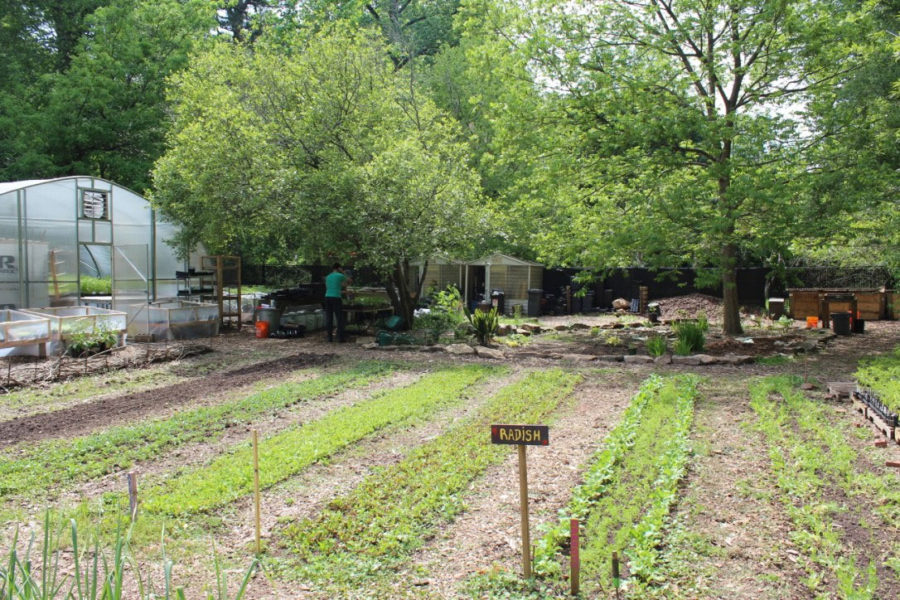
Another technique used by our ancestors, composting is a great landscaping design idea. At its most basic, composting uses decomposing plant and food material to enrich the soil. Its ability to pull carbon from the air and recycle it back into the ground is only one of the many great reasons to begin composting.
According to the Composting Council, compost can also hold many times its weight in water, which means that during heavy rainfall, compost can help retain and prevent excess water runoff.
7. Choose sustainable building materials.

Different decking materials can provide advantages like durability, resistance to mold, and affordability. Photo courtesy of The AZEK Company
When it comes to outdoor spaces such as a decked patio or outdoor kitchen, make sure that the materials you’re using work for the environment, too. Fused bamboo, for example, is a beautiful, low-maintenance, and durable option.
Meanwhile composite decking is also growing in popularity. Companies like The Azek Company use a mixture of materials, oftentimes recycled wood and plastic, in their decking, saving hundreds of thousands of trees from being built into decks that are costly and time consuming to maintain.
8. Cultivate biodiversity.

The Surfacedesign project’s planting approach was to use native plants of Puget Sound, as well as plants that increase wildlife. Photo by Marion Brenner
Ever wonder how overgrown gardens become so lush? The birds and the bees are mainly responsible for pollinating many of our carefully designed gardens. By quitting the use of toxic pesticides, you can create a landscape that buzzes with biodiversity. The more native plants used, the more friendly organisms can propagate the space creating an ecosystem with favorable conditions for plants, insects, and animals. Go the extra mile with a butterfly garden or water feature.
9. Design for passive solar landscape.
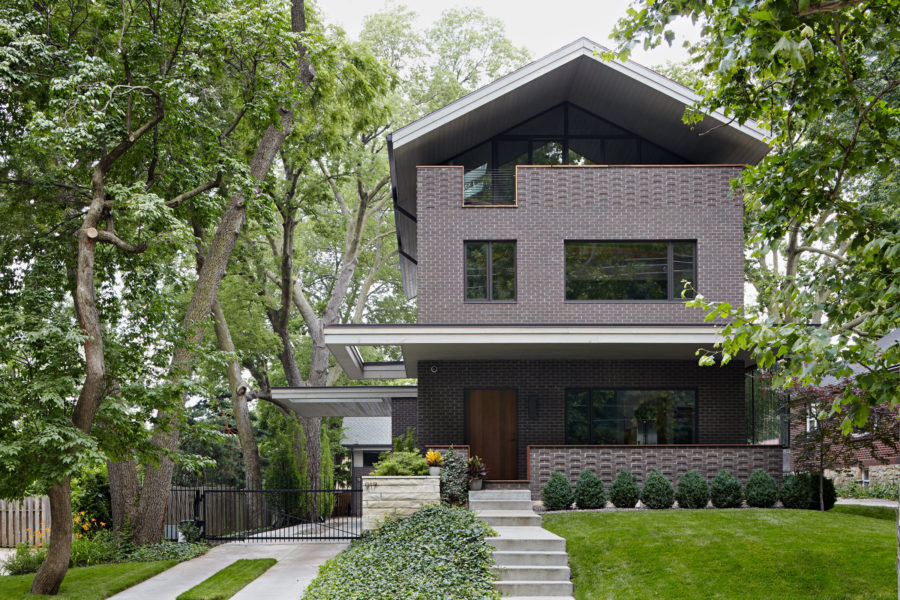
This private residence uses Glen-Gery brick. Photo by Mike Sinclair
Because the true fate of our yards is more or less up to the sun, consider designing outdoor spaces to support passive solar power. Although all homes may not be positioned to take advantage of the sun’s natural rhythms, some may benefit from precise tree placement for energy conservation. If the goal is to use plants as passive solar means, the landscape can be designed to distribute heat, provide windbreaks or light, and keep a home cooler during the summer.

